Economic Factors
Economic conditions play a crucial role in shaping the Food and Beverage Metal Can Market. As disposable incomes rise, consumers tend to spend more on packaged food and beverages, which can positively impact the demand for metal cans. Furthermore, the stability of metal prices can influence production costs and, consequently, retail prices. Recent trends indicate that fluctuations in raw material costs, particularly aluminum, have prompted manufacturers to explore cost-effective solutions, including recycling initiatives. This economic backdrop suggests that as the economy strengthens, the demand for metal cans may increase, driven by both consumer spending and manufacturers' efforts to optimize production. The interplay between economic factors and market dynamics is likely to shape the future landscape of the metal can industry.
Sustainability Trends
The increasing emphasis on sustainability appears to be a pivotal driver for the Food and Beverage Metal Can Market. Consumers are becoming more environmentally conscious, leading to a rising demand for recyclable packaging solutions. Metal cans, being 100% recyclable, align well with these consumer preferences. In fact, data indicates that the recycling rate for aluminum cans is around 75%, significantly higher than many other packaging materials. This trend is likely to encourage manufacturers to invest in metal can production, as they seek to meet the growing demand for sustainable packaging options. Furthermore, regulatory frameworks are increasingly favoring eco-friendly practices, which may further bolster the market for metal cans in the food and beverage sector.
Health and Wellness Trends
The shift towards health and wellness is emerging as a significant driver for the Food and Beverage Metal Can Market. Consumers are increasingly seeking healthier food and beverage options, which has led to a rise in the availability of organic and low-calorie products in metal cans. This trend is supported by market data indicating that sales of health-oriented canned products have surged, reflecting changing consumer preferences. Additionally, metal cans are often perceived as a safer packaging option, as they protect contents from light and oxygen, preserving nutritional value. As health-conscious consumers continue to seek convenient yet nutritious options, the demand for metal cans is likely to grow, prompting manufacturers to innovate and expand their offerings.
Technological Advancements
Technological innovations in manufacturing processes are driving the Food and Beverage Metal Can Market forward. Enhanced production techniques, such as advanced coating technologies and automated filling systems, are improving efficiency and reducing costs. For instance, the introduction of lightweight metal cans has not only decreased material usage but also lowered transportation costs, which is crucial in a competitive market. Additionally, the integration of smart technology in packaging, such as QR codes for consumer engagement, is becoming more prevalent. These advancements may lead to increased adoption of metal cans, as manufacturers seek to differentiate their products and enhance consumer experience. The potential for improved shelf life and product safety through these technologies further supports the growth of the metal can market.
Rising Demand for Convenience
The growing consumer preference for convenience foods is significantly influencing the Food and Beverage Metal Can Market. As lifestyles become busier, there is an increasing inclination towards ready-to-eat meals and beverages that require minimal preparation. Metal cans offer a practical solution, providing long shelf life and easy portability. Market data suggests that the demand for canned foods has seen a steady increase, with a notable rise in sales of canned vegetables and ready-to-drink beverages. This trend is likely to continue, as consumers prioritize convenience without compromising on quality. Consequently, manufacturers are expected to expand their product lines to include more canned options, thereby driving the growth of the metal can market.


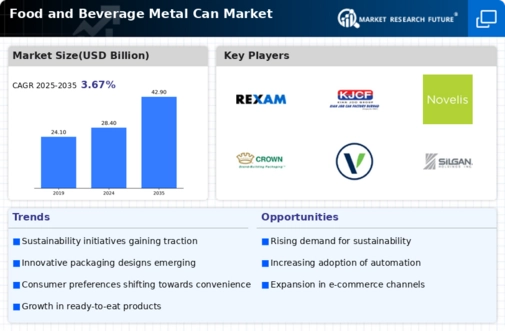
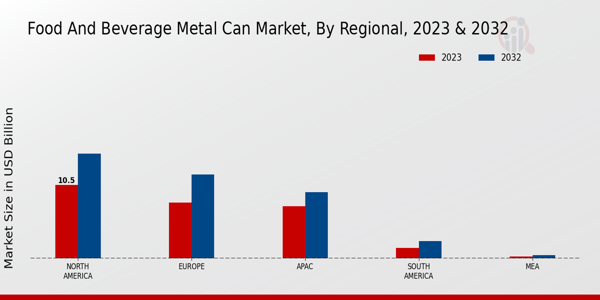
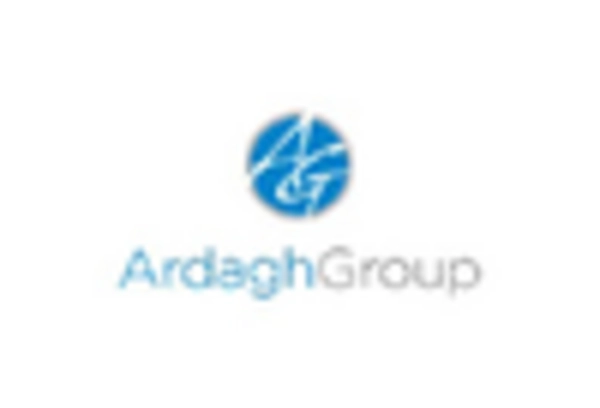
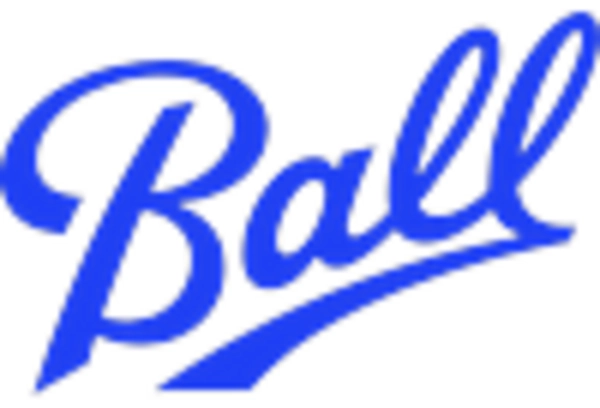
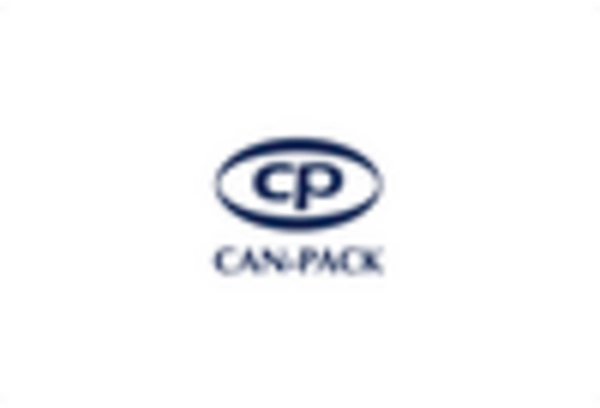

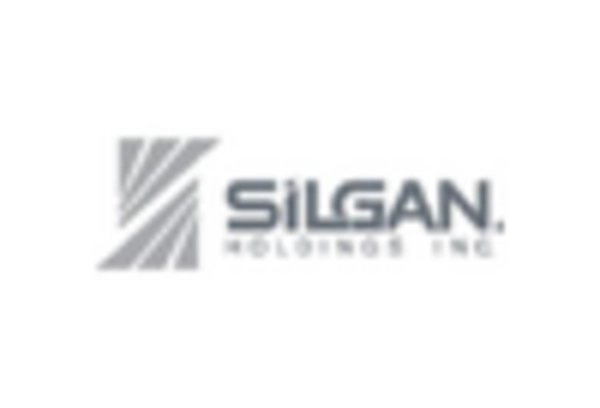
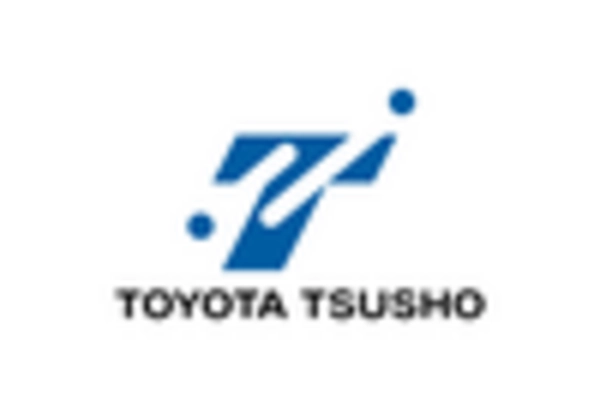








Leave a Comment